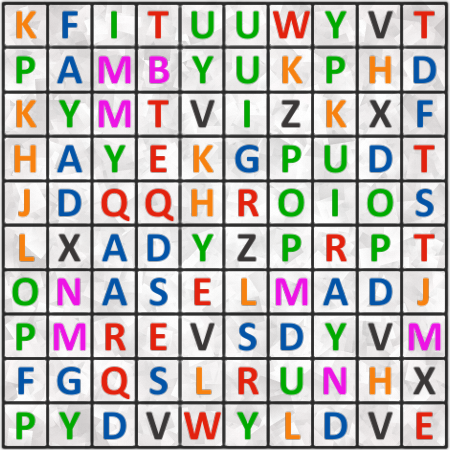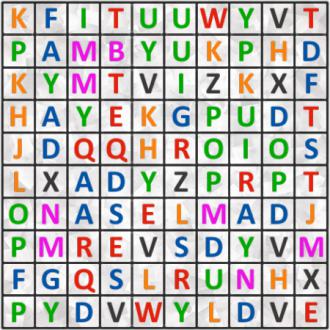Find a famous person
Find the first and the last name of a famous person. Text may go in all 8 directions. Length of words in solution: 5,5.Correct answers: 19
The first user who solved this task is Nílton Corrêa de Sousa.
#brainteasers #wordpuzzles

From Dust to Dust
After church, Robbie tells his parents he has to go and talk to the minister right away. They agree and the pastor greets the family.
"Pastor," Robbie says, "I heard you say today that our bodies came from the dust."
"That's right, Johnny, I did."
"And I heard you say that when we die, our bodies go back to dust." "Yes, I'm glad you were listening. Why do you ask?"
"Well you better come over to our house right away and look under my bed 'cause there's someone either comin' or goin'!"
"Pastor," Robbie says, "I heard you say today that our bodies came from the dust."
"That's right, Johnny, I did."
"And I heard you say that when we die, our bodies go back to dust." "Yes, I'm glad you were listening. Why do you ask?"
"Well you better come over to our house right away and look under my bed 'cause there's someone either comin' or goin'!"

